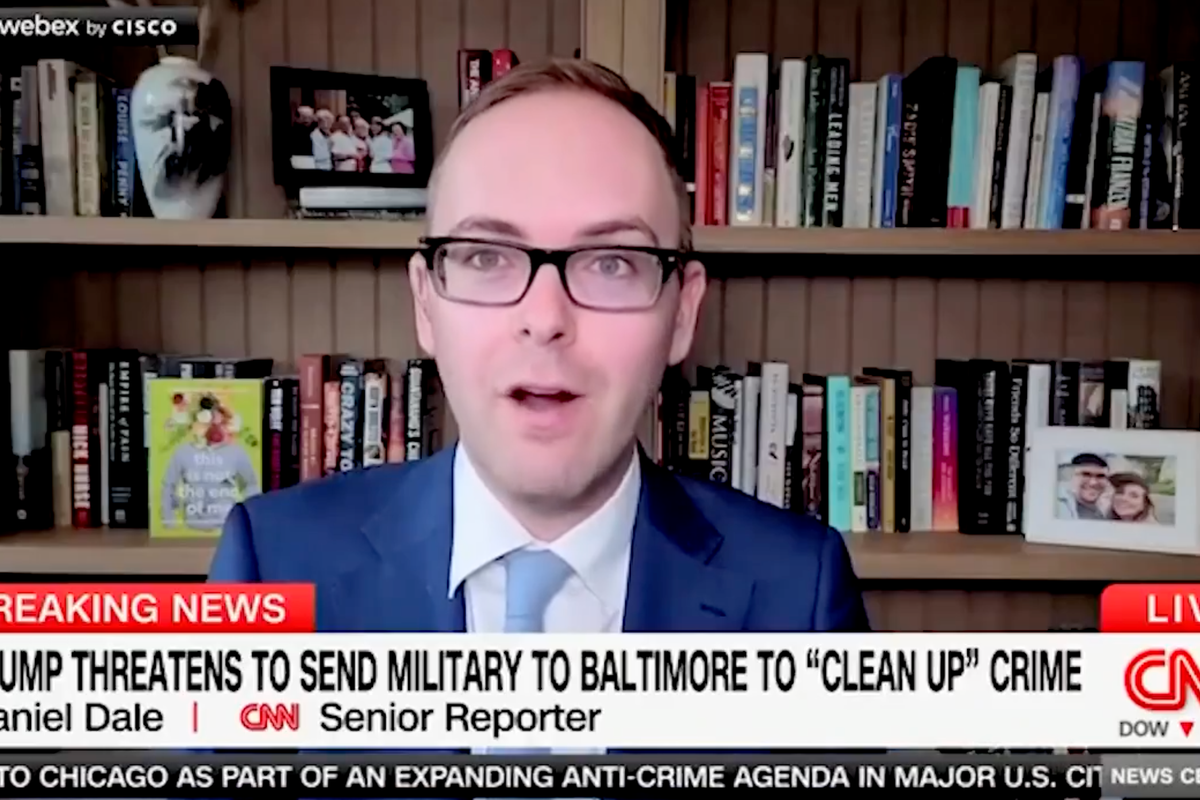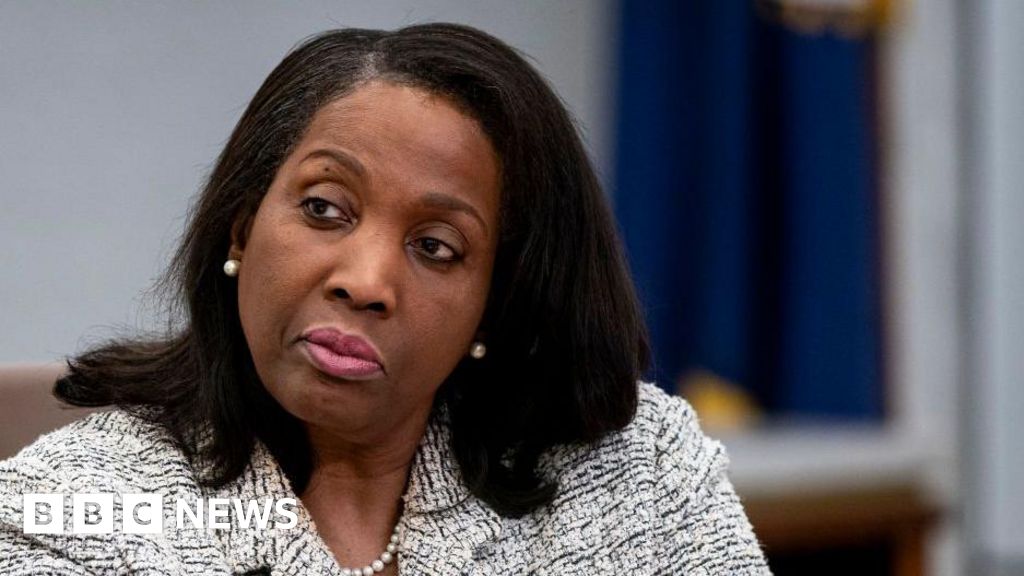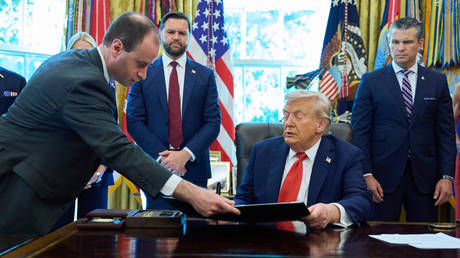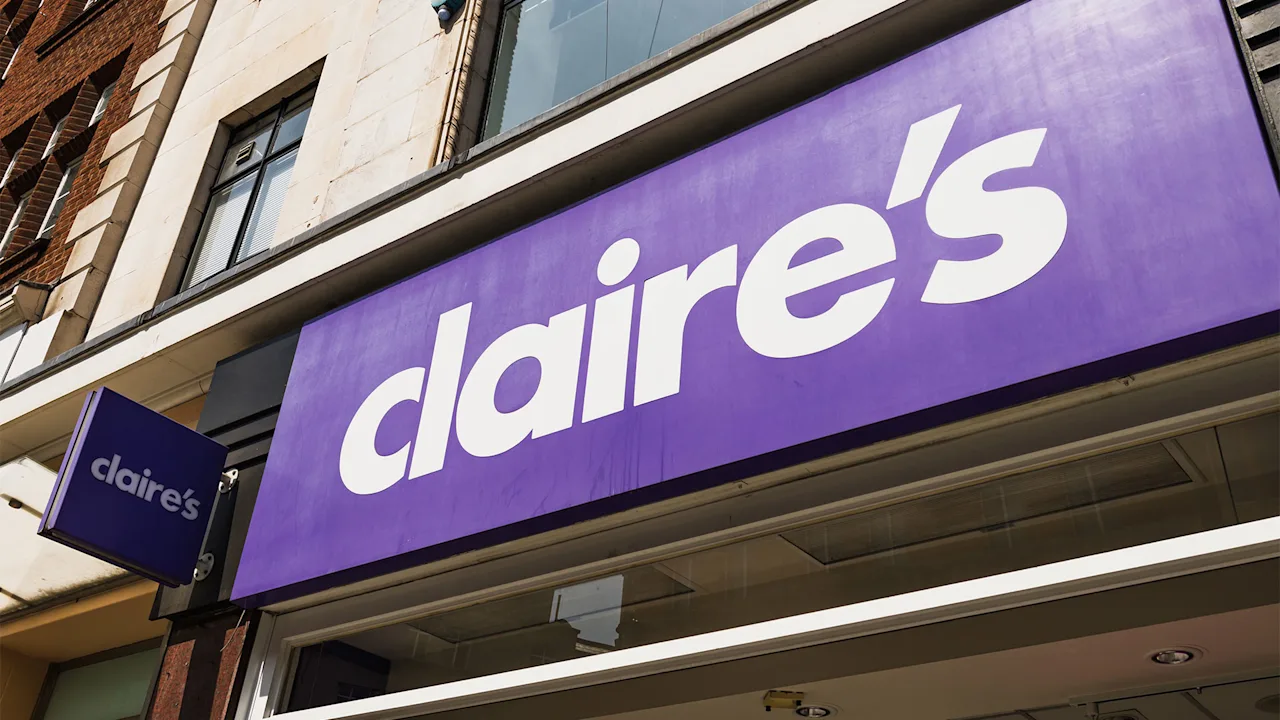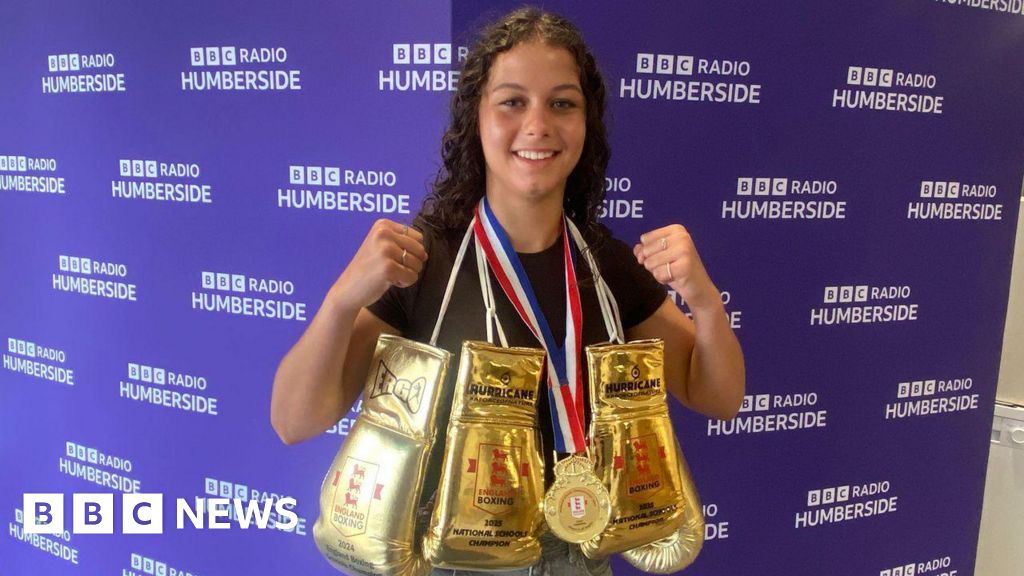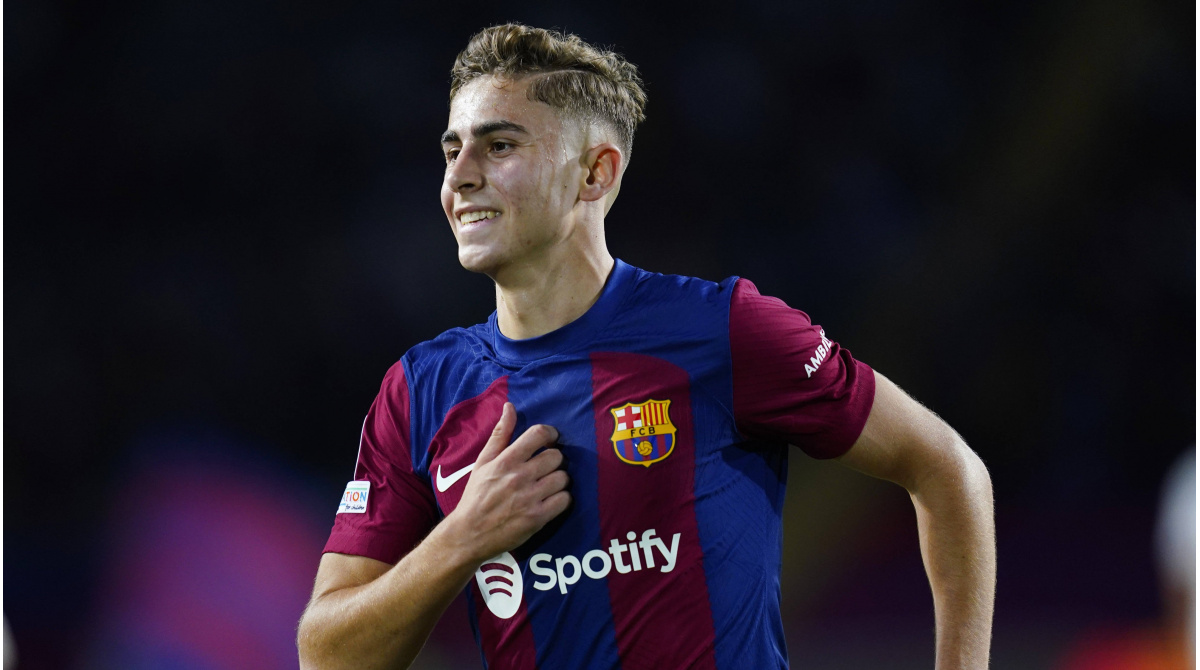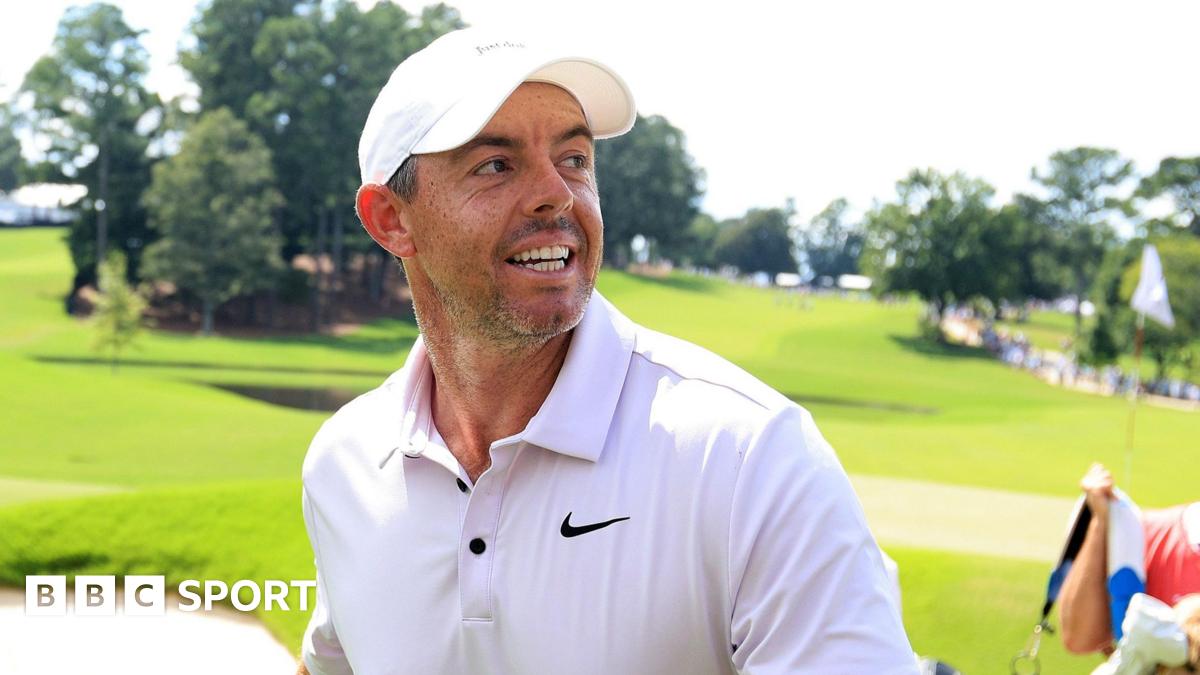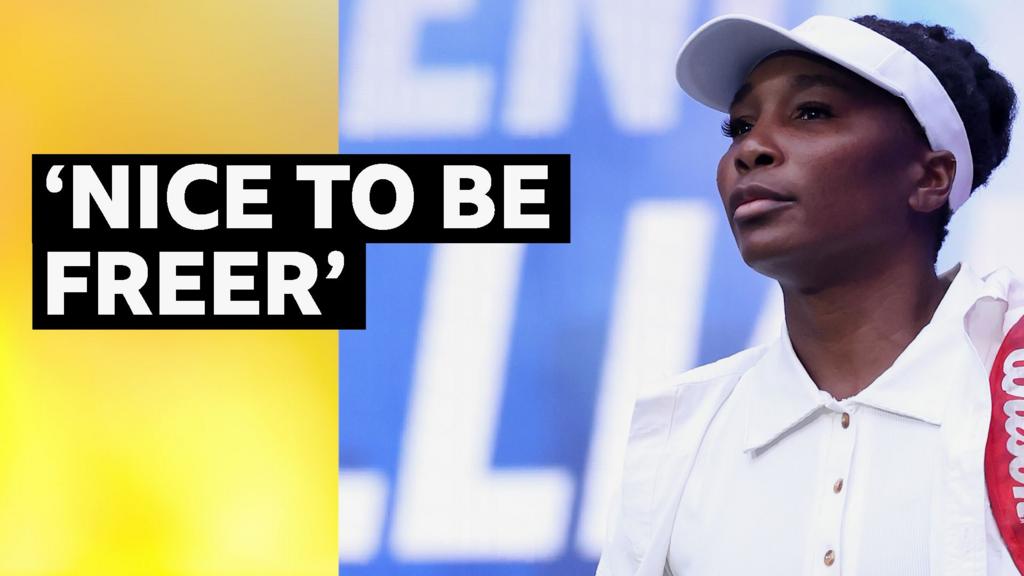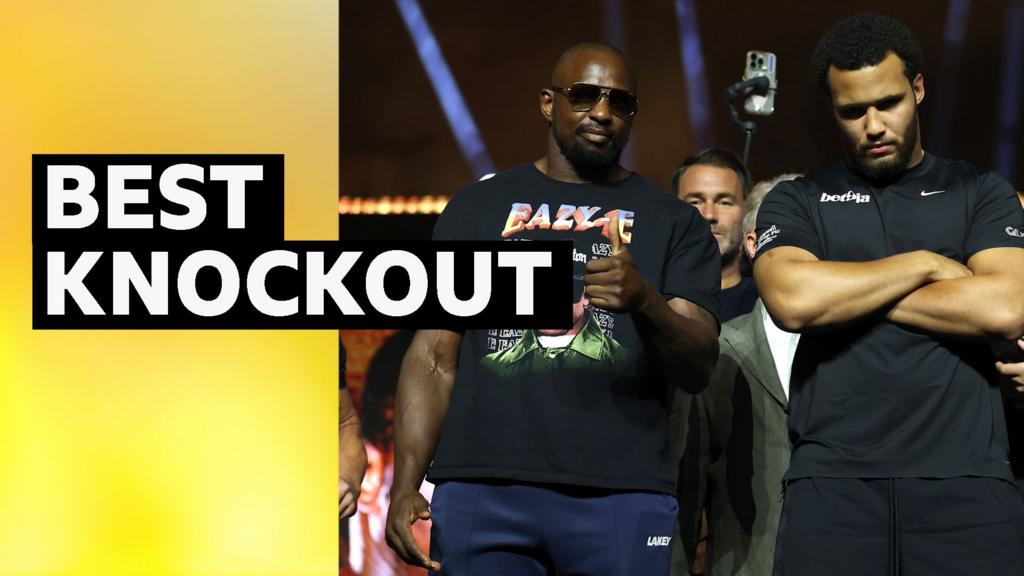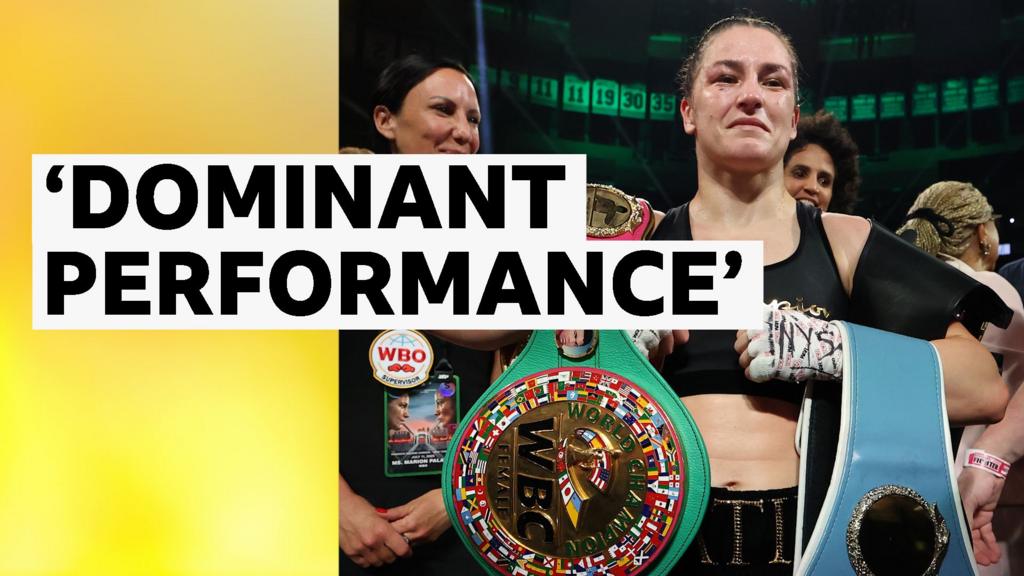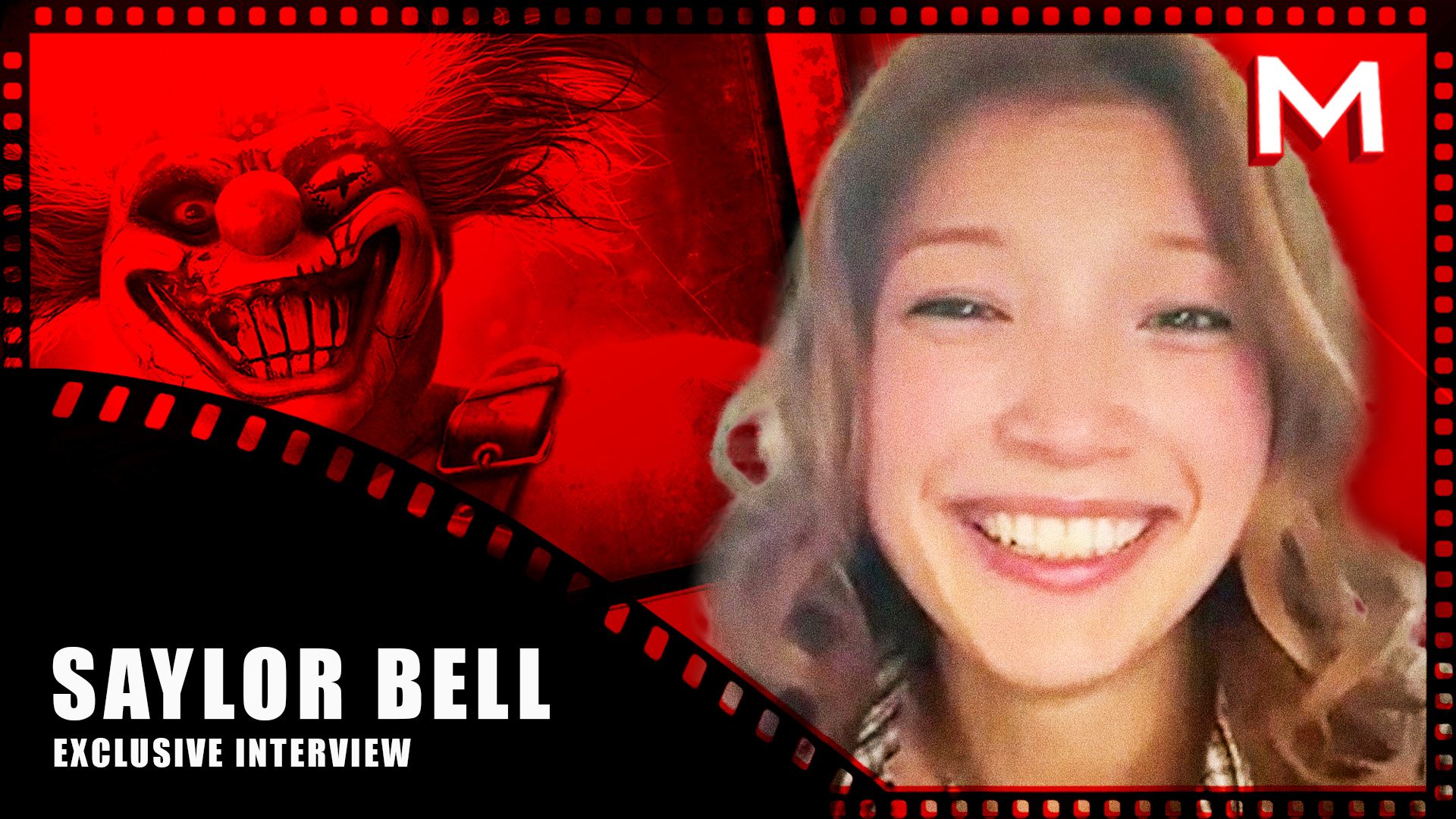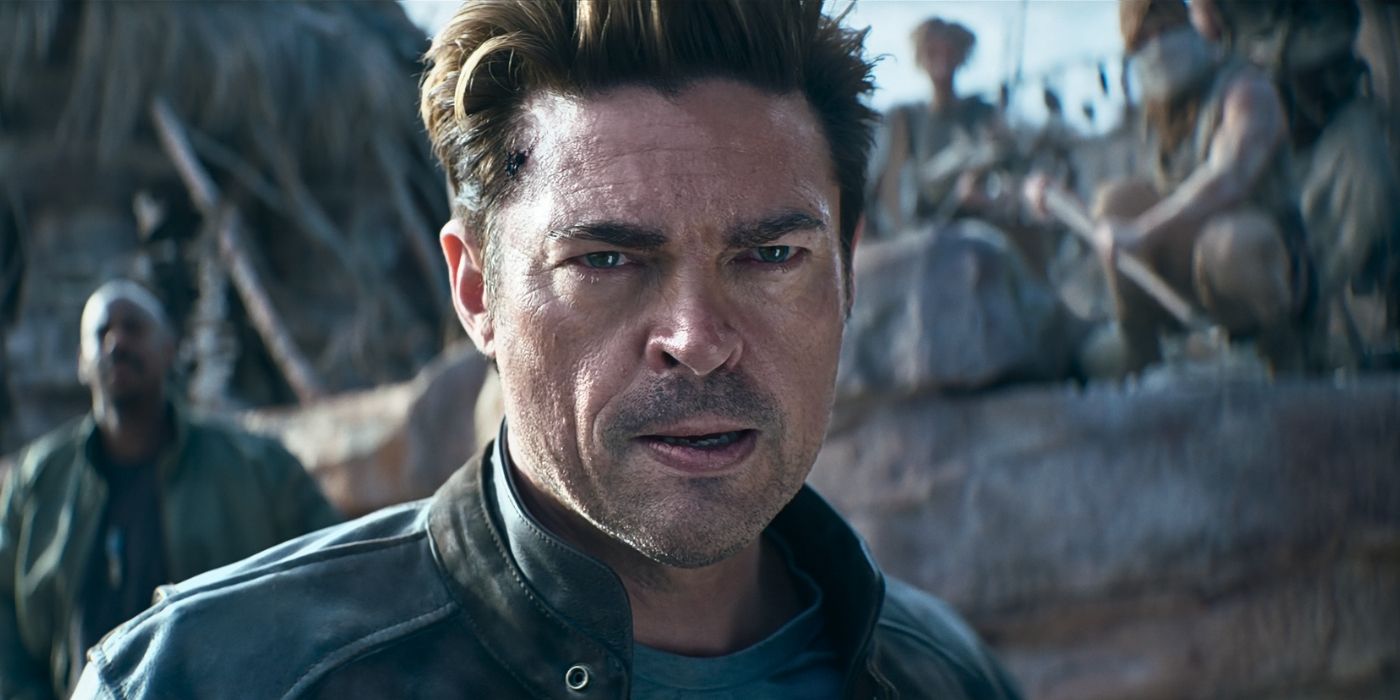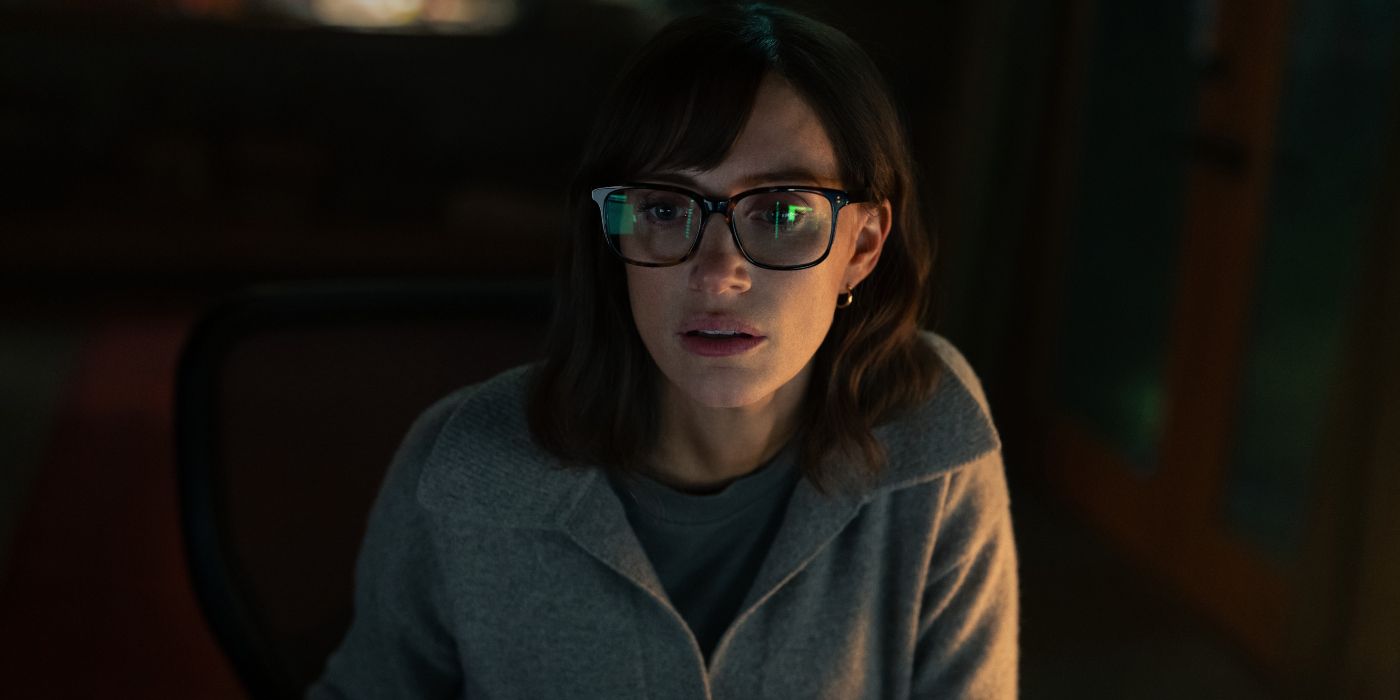Doctors love this AI app because it gives them hours of their lives back

A typical physician’s job is much more than just seeing patients. In fact, most doctors spend hours every week outside of clinic hours catching up on typing notes and getting visits and treatments cleared with insurance providers.
As a practicing cardiologist, Shiv Rao had gotten used to doing this work late at night. That’s why he launched Abridge, an AI platform that can turn conversations between doctors and patients into clinical notes in real time. So far, Abridge has raised $780 million from the likes of Andreessen Horowitz, Elad Gil, and Khosla Ventures, and struck up partnerships with more than 150 health systems nationwide.
I recently sat down with Rao, and we discussed:
- How Abridge’s ability to understand and transcribe nearly 100 languages tranforms patient visits into clinical notes and billing codes to save physicians time
- What the 7-year-old company brings to health systems of different sizes, such as Kaiser Permanente and Johns Hopkins Medicine
- Why AI’s real potential in healthcare isn’t replacing doctors and nurses, but making their jobs easier and time with patients more impactful
This interview has been edited and condensed.
Abridge was founded in 2018, before most of us learned what generative AI was when OpenAI launched ChatGPT. When did you see the potential of machine learning in a clinical setting?
In the 2010s, deep learning was really starting to take off. We were all on notice as doctors that machine learning was about to do something really interesting in terms of assisting, augmenting, or even automating workflows. Deep learning in medicine started in the computer vision space—radiologists were the ones who were championing this technology.
I remember as an investor, we got to put a good amount of capital into Carnegie Mellon University. We started a machine learning and health program. That’s where I met my cofounder, chief technology officer Zack Lipton. He’s an associate professor over there. Over the years, I got to stay close and have a finger on the pulse of what was happening with all things related to machine learning and AI. In late 2017, it was clear that things were about to really change. We started our company in March 2018—that was what just a few months after Google Research had published that paper, Attention Is All You Need. And that was the paper that sort of blew up the spot in relation to all things transformer—the T in GPT. We started building Abridge with pretrained models like Bert and Firebird—basically different types of pretrained models that predated LLMs. When LLMs came out, we had a first-mover advantage.
You have your own LLMs now. Why did you take that approach?
We see ourselves as an AI-native company. That means we’re a company that’s focused on one vertical industry, and we just try to go millions of miles deep on the challenges in healthcare that we’re trying to solve. So we can reach down one or two layers deeper into the stack than I think most companies, we can fine-tune models, we can train our own models where it makes sense, and we can also do what researchers call post-train.
That means we can leverage all of the edits that our users are giving us on a daily basis—millions of edits every week—and all those edits can feed our models to be that much better all the time. What we’ve learned over time is that the difference between a party trick and an enterprise-grade platform is the ability to hit maybe 15 to 20 LLMs to create one piece of output, and maybe 14 of those LMS are your own proprietary fine-tuned models. Being able to think maximally can make a huge difference.
What are your models trained on? I imagine most medical conversations are private.
These conversations are sacrosanct. De-identification in healthcare is so important. Every single day we are able to, with a good amount of our health systems, leverage edits that people are making to fine-tune our models to actually train our models to be that much better
Could giant LLMs like GPT or Gemini, eventually become so good that they can compete with what you’ve built?
It’s a great question. I remember there was a Sam Altman quote where he said that if a new model, a new web scale model comes out from an OpenAI or Anthropic or Google, and you celebrate the new benchmark, the new discoveries, the new performance, then you’re going to ride incredible waves. However, if the new model comes out and you’re scared, if for some reason you’re nervous about how the floor has risen, you might be screwed.
That’s a very convenient perspective for him to have.
Yeah, totally. But there is something to be said about that perspective because the ground is shifting so quickly. Things are changing all of the time. I think across different verticals or industries, there are some specific use cases and specific problems where you’re never going to be perfect and you’ll always be able to be less than perfect. You’ll always be able to go even deeper. Those are the opportunities where you can create real value. You can build a company that can create incredible impact.
How much of a medical professional’s job can Abridge do?
Over the next five to 10 years, we’re not going to be able to fully automate a doctor or nurse. The folks that are out there saying that we can don’t really understand all the things that they do. I say that with all the bias in the world as a practicing cardiologist. There was an American Journal of General Internal Medicine article that was published a few years ago that suggested that doctors need 30 hours a day to get all of their work done. What we’re all about at Abridge is trying to find a way to unburden them as much as possible from all the clerical work that crushes their souls at night. Our platform can leverage conversations to get at all of these different tasks and jobs and clinical documentation done.
Abridge is valued at $5.3 billion. You’ve raised almost $780 million from the likes of a16z and Khosla Ventures. Why did you need to raise so much money?
It all comes down to what we’re working backwards from. We’ve burned all of our boats. We’re here to build and be on a decades-long journey with all of our health system customers. We believe we can get into value creation across any number of use cases that help the clinician, that help the patient, and also help the system.
To give you a sense of what I mean by that: in this country, we’re not compensated for the care that we deliver, we’re compensated for the care that we document that we deliver. All these notes Abridge captures are actually bills. So what we’re doing is taking our models to revenue cycle school. We’re taking our models to what’s called risk adjustment school as well, because in this country, you’re also compensated for the quality of care that you deliver, what those outcomes look like, and how well your patient does over time. These notes end up being the artifacts that have to capture all of that information at a level of detail and fidelity that Medicare would accept.
When is Abridge going to be profitable?
That’s certainly not our objective function right now. Right now it’s just growth. As much distribution as we’ve got, there’s still any number of clinicians who don’t have this technology. And so being able to grow right now is a top priority, but also being able to innovate at the same time and get into these new use cases, these new features and experiences, is a big deal.
You’ve also grown a lot, which requires a lot of capital.
The last few years haven’t been hockey stick growth. I think they’ve been more akin to telephone pole growth. The ChatGPT moment just absolutely opened up the skies for us in a way. What I didn’t realize is that three years before that, or even four years before that, is that we were pre-selling. We were seeding the market. We were using these models that predated LLMs, and we were talking about generative AI and people didn’t have the words yet. When Chat GPT came out, it blew all of these executives’ minds. It also got clinicians wondering what this technology could do for them.
I spent so much time in 2021 and 2022 doing demos on Zooms where prospective clients would ask me to put my hands up [idk what this means]. They couldn’t believe what we were doing. I could tell that it was novel and it was fun for them to see this demo, but it wasn’t something that they were seriously considering.
It seems like they were incredulous about the technology you built, but did they see a need for it at the time?
I think where a lot of stars had to align is that there’s a public health emergency in the United States where two out of five doctors don’t want to be doctors in the next two to three years. And up to 30% of nurses don’t want to be nurses in the next 12 months. So many of them are trying to solve their own problems, but I think for me, this was just one of those moments where we need technology.
If we don’t find a way to unburden them, if we don’t find a way to automate the things that we can automate and assist them where we can with technology, then we’re going to be in a world of hurt. This is one of those moments where a market and a challenge and a technology just perfectly fit.
There are so many challenges when it comes to recording doctor-patient communication. What are you prioritizing?
In terms of languages, what’s different about this world of conversations and dialogue is that you have to meet the patient where they are. I might see a patient who speaks Nepalese, and I don’t speak Nepalese, and so I need an interpreter in the room. That’s the kind of complexity that our technology needs to be able to lean into. We need to be able to build technologies that don’t get tripped up when there’s multiple voices in the room. We need to make sure that our technology can understand and translate different languages. We could probably support well over 90 languages today.
Are patients wary of AI being used in a clinical setting?
Consent is critical and healthcare data is so private and personal. So they absolutely have to be aware. What’s been fascinating too over these last five years is that the zeitgeist has shifted. People know what AI is. People are using this technology increasingly in their daily lives. And so when the clinician says, “Hey, can I use this technology? It’s going to help me focus on you, instead of all the distractions that get in the way,” they get it. That value proposition around helping people be more present with each other, I think is arguably the most profound impact that we’re having right now.
There are other companies in your space, I’m thinking of Microsoft-owned Nuance, for instance. How do you compete with them?
The healthcare system is not homogenous. On one end of the spectrum, there might be an independent primary care doctor or a concierge medicine clinician who’s taking cash payment out of pocket. On the other end of the spectrum, there are the large health systems, and if anything, we’re going to see more and more clinicians affiliated in some way with one of these large health systems.
At this point in time, about 75% of the doctors in this country are affiliated with a large health system. The latter end of the spectrum is where Nuance focuses, and that’s where we focus. Nuance is owned by Microsoft, and obviously Microsoft is everywhere. We’ve been in this David and Goliath sort of situation
What’s on the road map in the next year?
When you hit stop and you look down at your phone, we can give you a quick tip or give you a cue. In the now terms, what it looks like and what we’re about to talk a lot about is something like prior authorization. Let’s say I see you in the clinic and I prescribe you a cardiac MRI. Sometimes I place that order and it takes weeks, sometimes months to get that cardiac MRI done. You might have a specific insurance plan and a specific geography that requires six specific things to get documented to be addressed.
It’s impossible for any clinician to keep up with all this stuff. So this is a really good spot for AI. So our AI is trying to—pun intended—build a bridge between providers and payers. It is listening to the conversation so payers can make sure that the clinician was thoughtful. So we might be in conversation, and when we stop talking I could look at my phone and get a notification saying, “Hey Shiv, you have to ask Yaz these six questions. You asked five . . . do you want to ask that last question?”
You are a physician in Pittsburgh. Have you watched HBO’s The Pitt? Is it accurate?
That show is really accurate. This is one of those shows that I think has helped a lot of doctors feel really seen. The way characters react and the way they practice medicine is absolutely accurate.
What's Your Reaction?
 Like
0
Like
0
 Dislike
0
Dislike
0
 Love
0
Love
0
 Funny
0
Funny
0
 Angry
0
Angry
0
 Sad
0
Sad
0
 Wow
0
Wow
0



